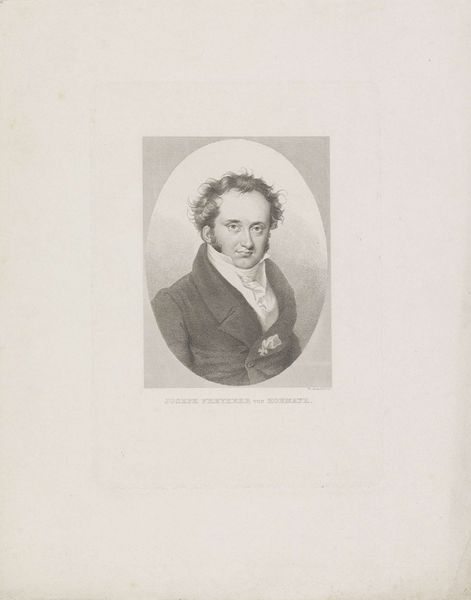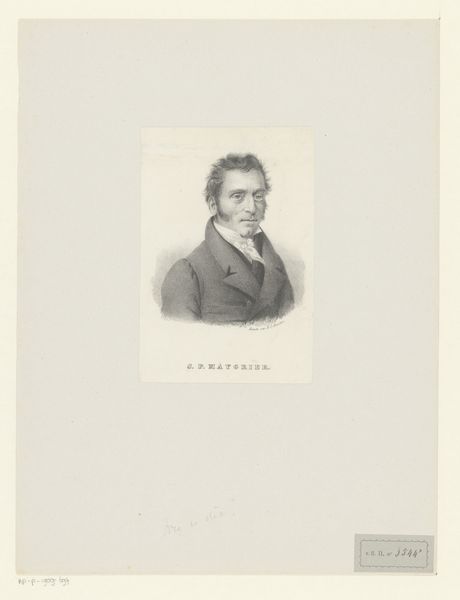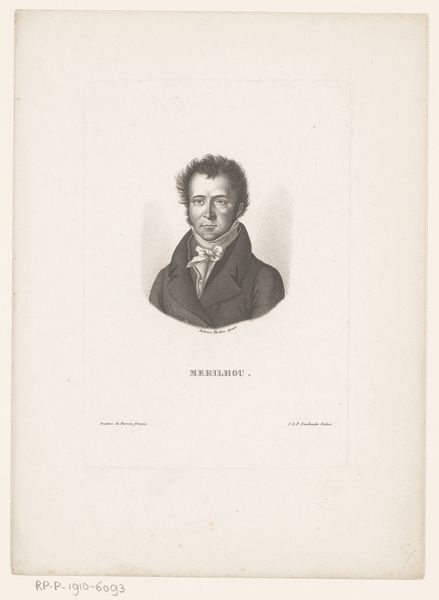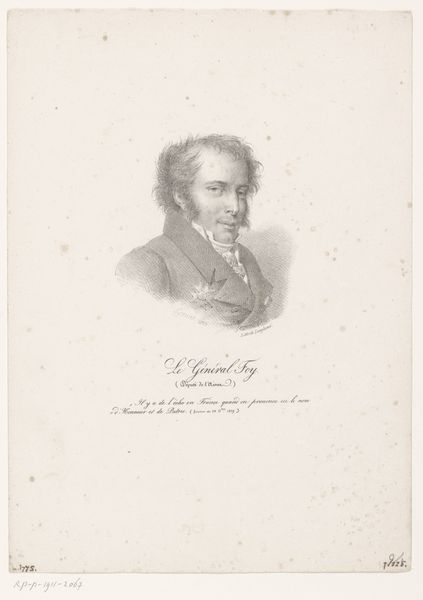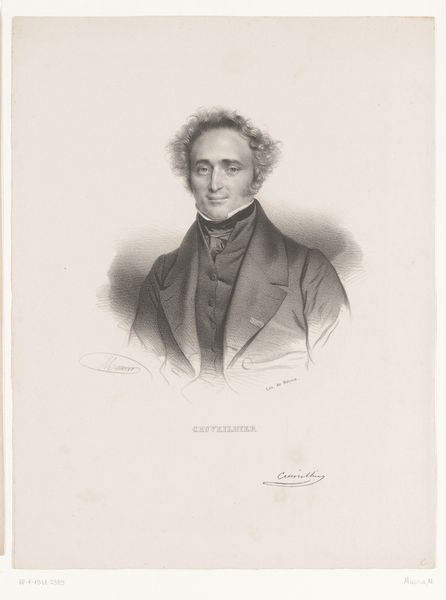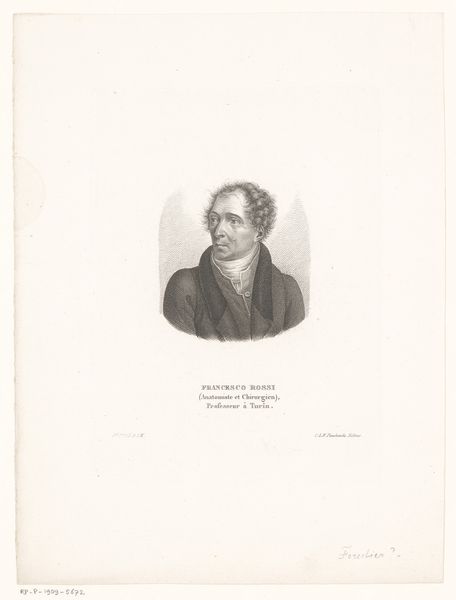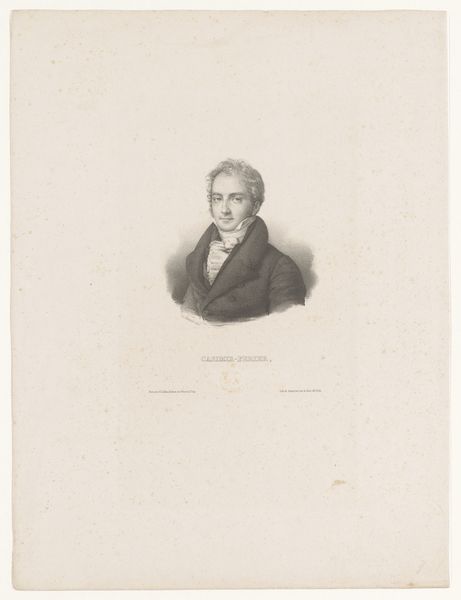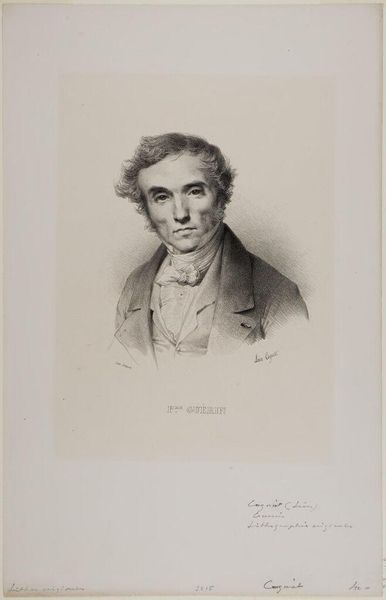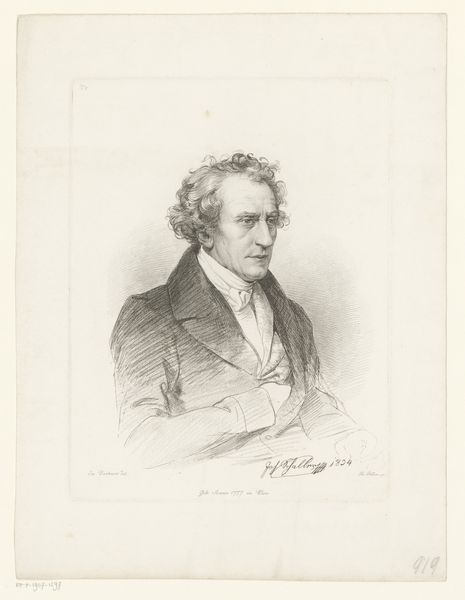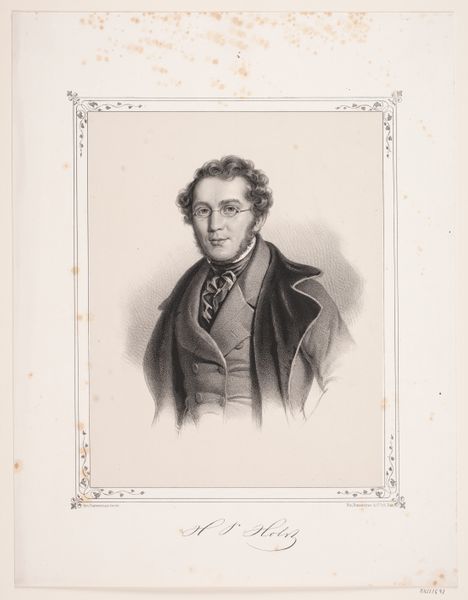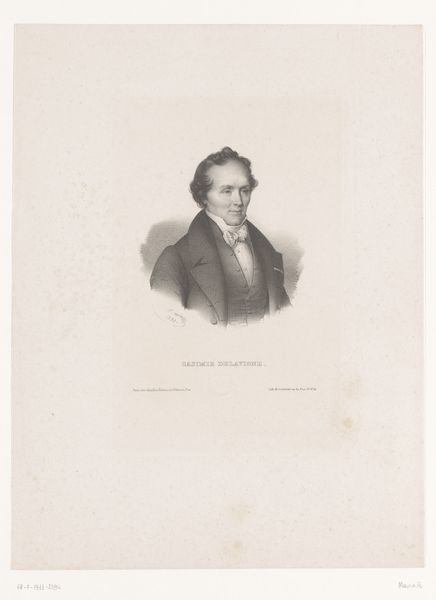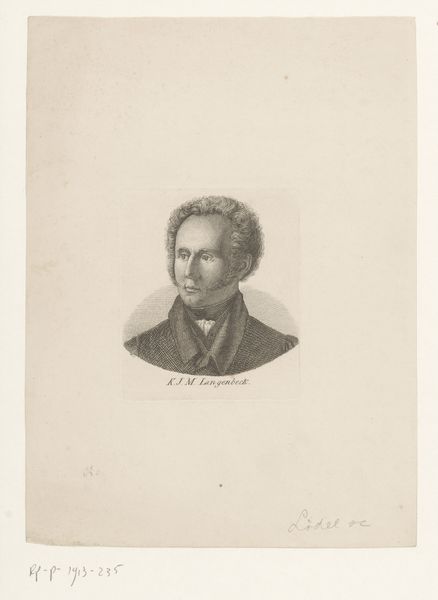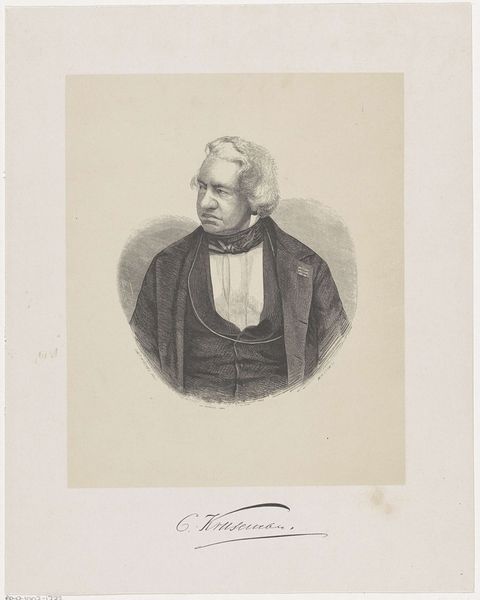
print, engraving
#
portrait
#
neoclacissism
# print
#
pencil drawing
#
history-painting
#
engraving
#
realism
Dimensions: height 219 mm, width 158 mm
Copyright: Rijks Museum: Open Domain
Tommaso Benedetti created this portrait of Joseph von Hormayr using etching, a printmaking technique that democratized image production. The artist would have coated a metal plate with wax, scratched an image into it, and then dipped the plate in acid, which bites away the exposed lines. The plate is then inked and printed, transferring the image to paper. Etching allowed for relatively quick reproduction, making images accessible to a wider public. This was particularly important during the 19th century rise of nationalism, when portraits of important figures like Hormayr – a Tyrolean politician and historian – were circulated to build a sense of shared identity. The fine lines and delicate shading achieved through etching lend the portrait a sense of refinement, befitting its subject's status. Yet, the inherent reproducibility of the medium also speaks to the changing social landscape of the time, where traditional hierarchies were being challenged by new forms of mass communication and political mobilization. So, next time you look at an etching, consider not only the image itself, but also the means of its production and the social context in which it was created.
Comments
No comments
Be the first to comment and join the conversation on the ultimate creative platform.
